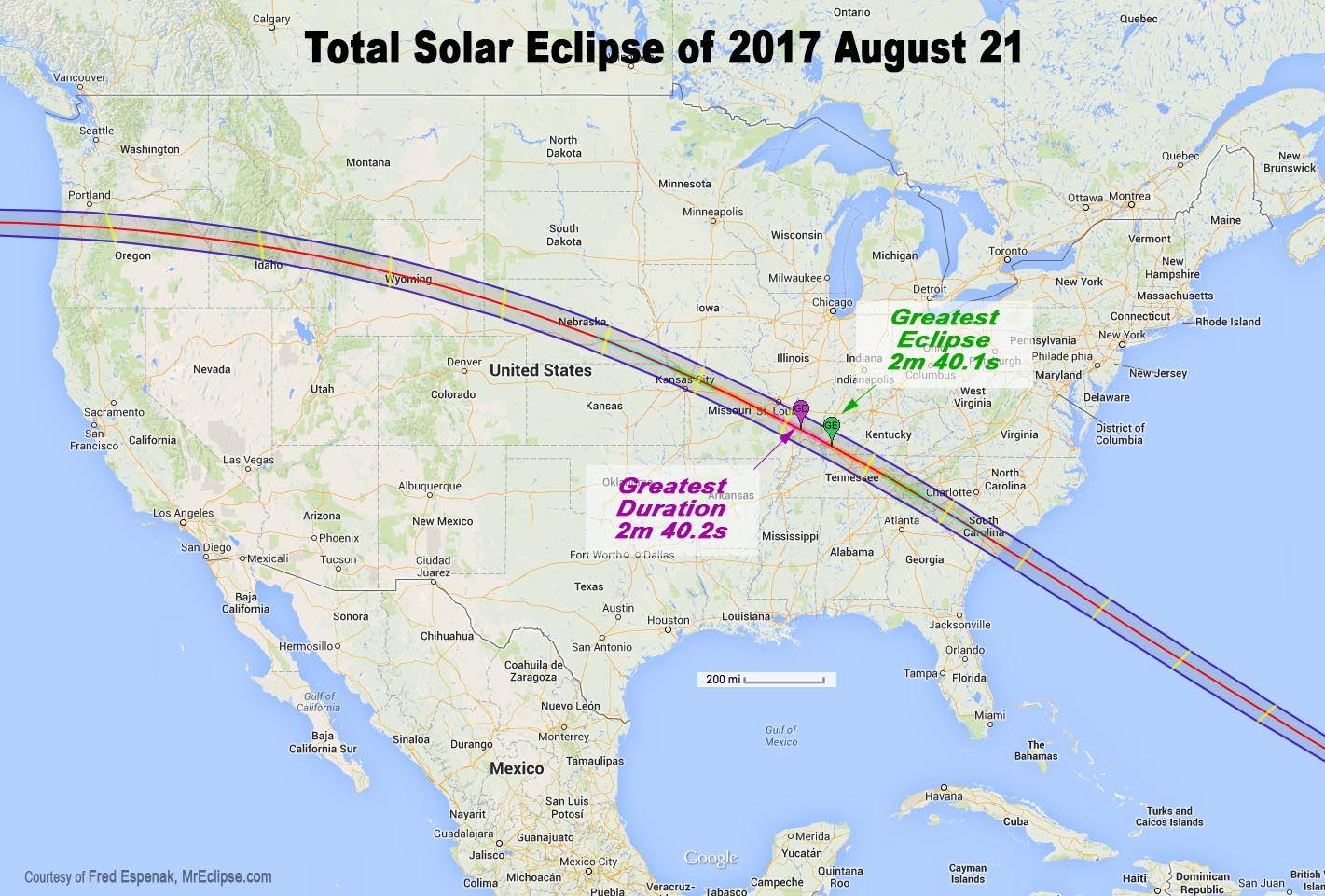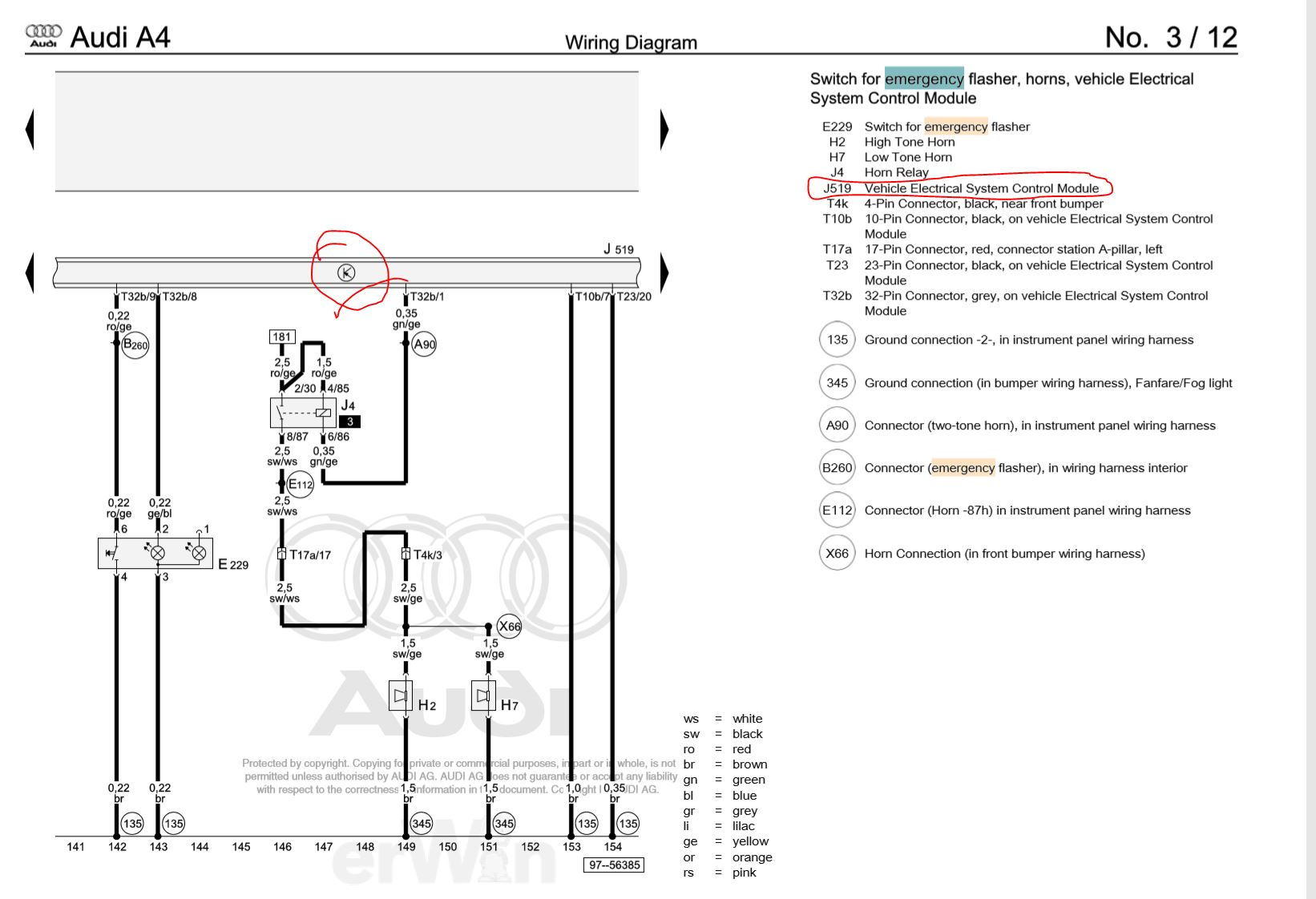
Bracketing either side of your target exposure is the way to go. It’s all a trade-off between ISO and shutter speed, but a Lunar Eclipse Exposure Calculator will help you figure out base settings for your lens.

With a shutter delay set, and shooting in RAW, during totality keep the aperture as wide as possible (a low f-number), begin with ISO 800 and use a fast shutter speed – about 1/100sec – to keep the shot sharp. An alternative that will work for all lenses is to use your camera’s LCD screen to look at part of the Moon zoomed-in, and then to focus until sharp (either manually or using auto-focus, though if the latter you must then switch to manual mode to prevent your camera from refocusing for your next shot). Using infinity focus might work, depending on your lens. Alternatively a bridge camera, with its built-in superzoom will do the trick. Credit: NASA/Aubrey Gemignani (Image credit: NASA)įor a close-up of the Moon you’ll need a DSLR or mirrorless camera with a 300mm telephoto lens on a tripod - but ideally one that is at least 600mm long.

A perigee full moon, or supermoon, is seen behind the Washington Monument during a total lunar eclipse on Sunday, September 27, 2015, in Washington, DC.


 0 kommentar(er)
0 kommentar(er)
